The model, built by the Private Economic Research and Development Board (Board IV, under the Prime Minister's Advisory Council for Administrative Procedure Reform), initially gathered the core forces of economic sectors, linked by industry development goals, creating a Vietnamese ecosystem ready to act to focus on mastering core competencies in the economic development process.
At the event, representatives of the Committees in the Vietnam Private Economic Panorama model shared about bottlenecks, challenges and public-private synergy solutions in emerging technology and innovation industries, agriculture , supporting industries...
Working together, creating value together

Chairwoman of the Board of Directors of SOVICO Group Joint Stock Company Nguyen Thi Phuong Thao, co-chairwoman of the Committee on Emerging Technologies and Innovation, said that in the semiconductor industry, the trend of shifting supply chains is giving Vietnam a special advantage, safety, dynamism and reliability. In addition, future fields such as clean energy, carbon credits, and big data are all "blue oceans" that Vietnamese enterprises can "go to sea".
“All of these signals tell us one simple thing: Vietnam’s time has come. If we dare to think, dare to do and dare to move fast, Vietnam can absolutely become the new innovation center of Asia,” Ms. Thao said.
She also said that the journey to the future is not easy, we are facing 4 major bottlenecks, which are also 4 opportunities for breakthroughs. The first is the bottleneck of infrastructure and data. Computing infrastructure is still thin, data is scattered, lacking connection and secure sharing.
Second, institutional and legal bottlenecks. Technology is moving faster than policy, we need an open mindset that allows experimentation, allows sandboxes, allows innovation within a safe framework.

The third bottleneck is human resources. We need tens of thousands of high-quality technology engineers, and many experts in the financial sector, sectors that can connect global knowledge and innovation in Vietnam.
The final bottleneck she mentioned is funding. Innovation requires long-term capital, patience, and a willingness to take risks to nurture success.
“The challenges cannot be solved by one side. We expect real cooperation between the State, businesses and the whole society,” emphasizing this, Chairman SOVICO said that what businesses need today is not only new policies but also new thinking, the thinking of working together and creating value together. When the Government and businesses join hands, each side plays a different role but shares the same goal, that combined strength can open up miracles.
“We share investment risks to double resources, double results and we look to the world with the aspiration that Vietnamese products, Vietnamese technology, and Vietnamese intelligence will be present everywhere. If these actions are carried out unanimously, Vietnam will soon be in the group of technology-creating countries instead of just being a technology consumer,” Ms. Thao believes.
According to her, today's private enterprises carry the nation-building mindset of the new era. Innovation is not the job of technology enterprises alone, but the mission of the whole society, of a nation that is rising with intelligence and resilience. When the Government creates, enterprises pioneer, and society accompanies, we will create a combined strength, a breakthrough, confident, leading Vietnam. If the 20th century was the century of industrialization, then the 21st century must be the century of Vietnamese intelligence, a creative Vietnam, a Vietnam that is in control and a shining Vietnam.
She affirmed that the private business community will work with the Government to create a strong, prosperous and happy Vietnam, where technology is the bridge between knowledge, people and the future.
Solve the right business problems
Expressing his opinion, the agriculture, forestry, fishery, seafood and food sectors continue to be the sectors that Vietnam has competitive advantages, said Mr. Mai Huu Tin, Chairman of the Board of Directors of U&I Investment Joint Stock Company, Co-Chairman of the Committee for Infrastructure Development and Sectors with National Competitive Advantages. We can exploit these sectors for a very long period and it is the accumulated capital flows from these sectors that have helped emerging technology sectors and innovation.

Talking about the challenges facing this industry, Mr. Mai Huu Tin pointed out a series of problems. These are mostly spontaneous development, poor connectivity between Vietnamese enterprises due to the lack of pioneering enterprises taking responsibility for leading the industry. Related policies have not yet maximized their capabilities and potential, specifically in the fields of land, credit, tax, especially VAT refunds, brand building, export support, and trade promotion.
“When making policies, sectors often tend to talk about Vietnam's affairs first, without constantly comparing with countries that have competitive advantages with Vietnam to find a way forward, combining the strengths of both the public and private sectors,” according to Mr. Tin.
He also pointed out the fact that many state-owned enterprises hold huge resources, especially land, but are reluctant to cooperate with private enterprises. Most of the export value is in the form of raw materials or raw processing, which has not created high added value and a big brand for Vietnam.
The breakthrough solutions proposed by the Chairman of U&I require enterprises to lead in each industry and sub-industry; there needs to be policies to create and properly solve business problems.
Regarding public-private partnership mechanisms to realize those goals, he proposed that, on the State side, amend the Land Law and related laws to free up land resources, helping private enterprises to do business on a large scale. Strongly change the mindset towards improving Vietnam's business environment to the top position in the world. Maximize the use of technology in handling administrative procedures, not letting enterprises have to contact with officials. Use the world's best benchmarks in public administration to help free up the country's development resources in the private sector.
At the same time, apply environmental, fire prevention, and ESG standards selectively to the development process of enterprises and the country, without immediately imposing the highest world standards on Vietnam. Support private enterprises with the capacity to become leading enterprises in each industry and sub-industry according to each product group with clear growth targets.

The Government directs localities to support industries and businesses to implement projects with the most favorable conditions within the legal framework. Concretize Resolution 57 (on breakthroughs in science, technology, innovation and national digital transformation) with strong policies, promoting investment in research and development, innovation, and technology transfer in the direction that for every 1 dong spent by the private sector, the State also spends 1 dong to co-create.
He also proposed allowing state-owned enterprises to enter into joint ventures and partnerships with private enterprises to flexibly exploit the land they hold, with the goal of efficiency and without losing the management rights of the State and state-owned enterprises. Accepting planning adjustments according to legitimate proposals from enterprises when necessary to create raw material areas, production areas, specialized industrial zones, specialized agricultural zones, bringing competitive advantages to Vietnam.
Source: https://baotintuc.vn/thoi-su/viet-nam-co-the-tro-thanh-trung-tam-doi-moi-sang-tao-cua-chau-a-20251010200328278.htm





![[Photo] Discover unique experiences at the first World Cultural Festival](https://vphoto.vietnam.vn/thumb/1200x675/vietnam/resource/IMAGE/2025/10/11/1760198064937_le-hoi-van-hoa-4199-3623-jpg.webp)


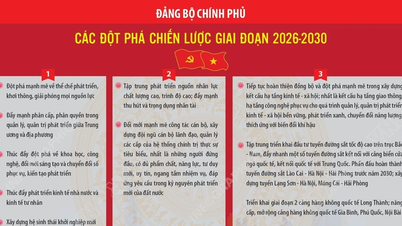

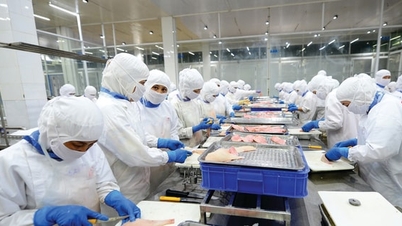

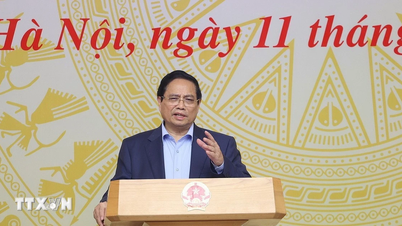
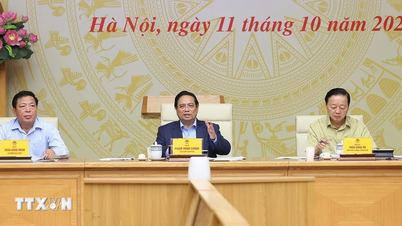
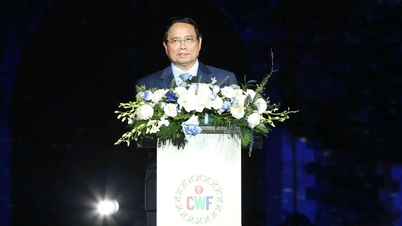




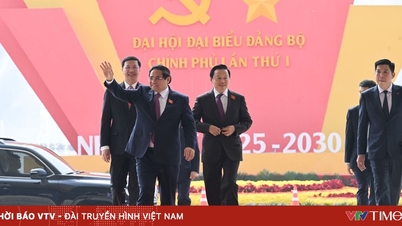


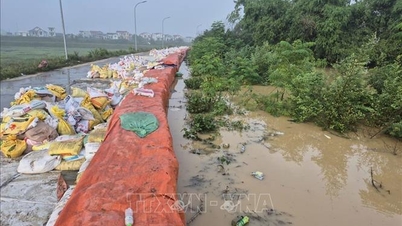

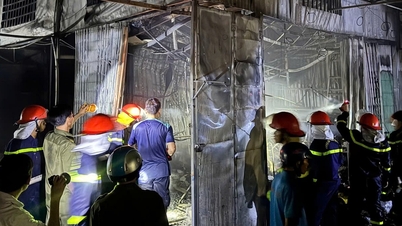





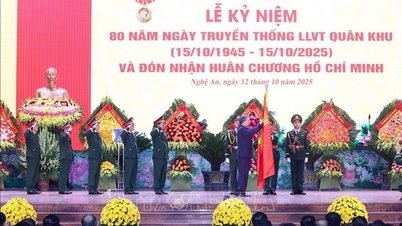

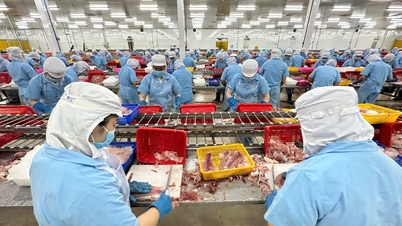
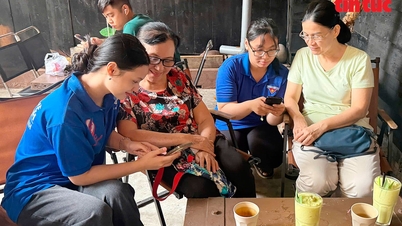
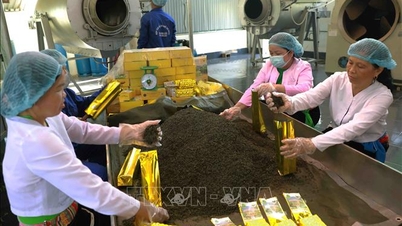
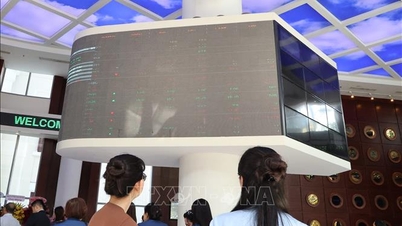

![[Photo] General Secretary attends the parade to celebrate the 80th anniversary of the founding of the Korean Workers' Party](https://vphoto.vietnam.vn/thumb/1200x675/vietnam/resource/IMAGE/2025/10/11/1760150039564_vna-potal-tong-bi-thu-du-le-duyet-binh-ky-niem-80-nam-thanh-lap-dang-lao-dong-trieu-tien-8331994-jpg.webp)






























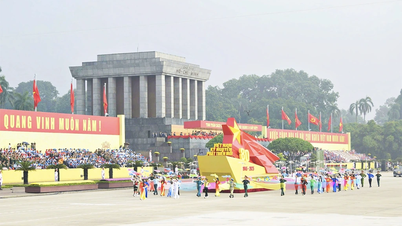





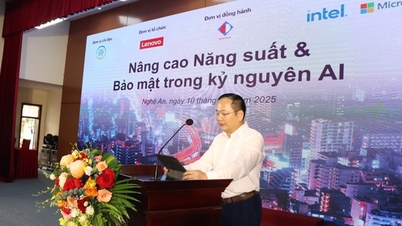


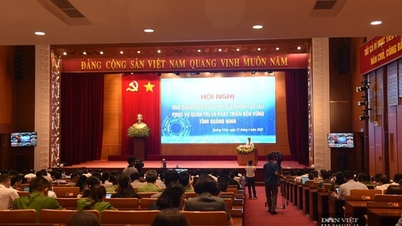
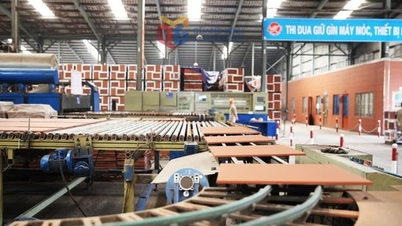
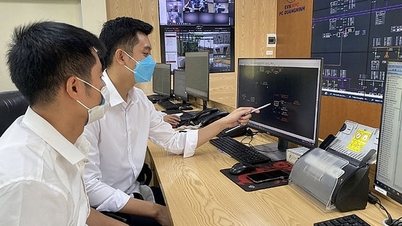
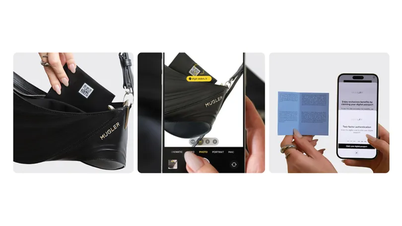

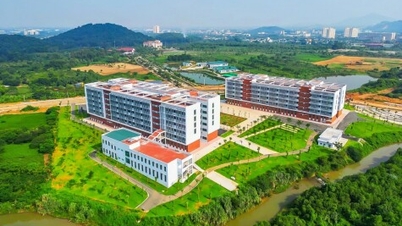





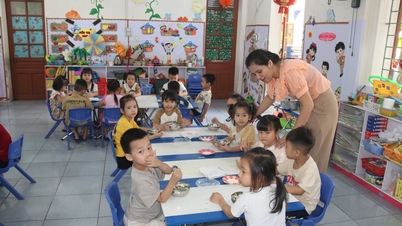
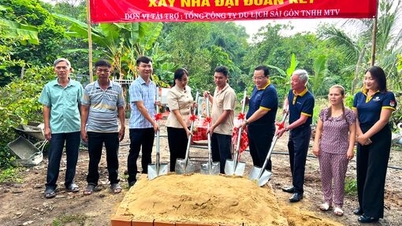















Comment (0)